This article was co-authored by Lydia Shedlofsky, DO and by wikiHow staff writer, Hunter Rising. Dr. Lydia Shedlofsky is a Resident Dermatologist who joined Affiliated Dermatology in July of 2019 after completing a traditional rotating internship at Larkin Community Hospital in Miami, Florida. She earned a Bachelor of Science in Biology at Guilford College in Greensboro, North Carolina. After graduation, she moved to Beira, Mozambique, and worked as a research assistant and intern at a free clinic. She completed a Post-Baccalaureate program and subsequently earned a Master's Degree in Medical Education and a Doctorate of Osteopathic Medicine (DO) from the Lake Erie College of Osteopathic Medicine.
There are 11 references cited in this article, which can be found at the bottom of the page.
This article has been viewed 22,844 times.
If your doctor prescribed potassium permanganate to clear up a skin infection, you might feel a little confused about how to use it. Potassium permanganate is a chemical that can fight against the infection to help it clear up. We know you have some questions about working with potassium permanganate, so we’ll cover how to mix and apply it so you heal faster!
Steps
How do I use a potassium permanganate wash?
-
1Soak the wounded area in the solution for 10–15 minutes each day. If the wound is on your hands or feet, ease the affected area into the solution until it’s completely submerged. Leave your wound in the solution for at least 10 minutes but no longer than 15 minutes.[6] When you’re finished, rinse your skin with clean water.[7]
- Avoid using soap or detergent when you rinse the potassium permanganate off, or else it could create an unpleasant odor.
- You’ll usually have a 5-day treatment, but it may vary depending on what your doctor recommends for your condition.
-
2Apply the solution with a cotton swab or gauze if you can’t easily submerge the wound. On any other wound, soak a cotton swab or piece of gauze in the solution. Gently hold the swab or gauze against your wound and let it sit for 10 minutes. If it starts drying out, rewet the swab or gauze in the solution so it stays moist.[8]
- You might have some slight stinging when you use potassium permanganate, but that’s normal. If the sensation feels worse after you remove the swab, then rinse the area thoroughly with water.
How do I get rid of potassium permanganate?
-
1Flush the solution down the toilet. Your potassium permanganate stains most containers, but it won’t stain your toilet. Slowly pour the solution into your toilet so you don’t spill it. Flush your toilet and let the water run through it. Once it stops, flush it one more time to ensure there isn’t any left in your toilet bowl.[9]
- Never pour the potassium permanganate solution into drinking water, runoff drains, or on the ground since it’s toxic to the environment.
-
2Take any leftover or expired tablets to a pharmacy. If you have extra tablets that you aren’t using, call your local pharmacy and see if they offer drug disposal. Bring the tablets in their original container and hand it to the pharmacist so they can get rid of them properly.[10]
Can I drink potassium permanganate?
-
1No, potassium permanganate is not for internal use. If you’re given a prescription, don’t take the tablets by mouth or drink the solution since it can cause inflammation in your airways or fatal organ failure.[13] If you do somehow get any of the solution in your mouth, rinse it out with clean water and drink fluids to help flush out your system. Then, call a medical professional to ask if there’s anything else you need to do.[14]
- Even though potassium permanganate is used for water treatment, it’s filtered out by the time you drink it.[15]
-
2Solid potassium permanganate can burn your digestive tract. Avoid consuming any potassium permanganate that’s in crystal or tablet form. Since they’re so heavily concentrated, they can cause a lot of complications in your stomach and form ulcers that could damage your body. If you accidentally swallow some, immediately drink a lot of water and call a doctor.[16]
What are the side effects of potassium permanganate?
-
1You might get irritated or dry skin if it’s not diluted properly. Make sure you always dilute the potassium permanganate following your doctor’s instructions. If the solution has a bright pink or purple color, then add more water since it’s too strong. You’ll also get dry skin if you soak in the solution for too long, so be sure to keep it under 15 minutes.[17]
- Avoid getting the solution in your eyes, nose, or ears.
-
2Potassium permanganate will stain skin, floors, clothes, and containers. Potassium permanganate has a bright purple or pink color and leaves behind brown stains. Work in a room that has hard flooring and line it with plastic sheeting to catch any spills. Line the bucket or bowl with a bag as well. Wear gloves and an apron while you’re mixing the solution so you don’t get any on your clothes.[18]
- Chemical stains on fabric and carpet are permanent, but potassium permanganate will fade from your skin over a few weeks.
How can I remove potassium permanganate stains?
-
1Scrub your skin with equal parts vinegar and 3% hydrogen peroxide. Combine regular white vinegar with hydrogen peroxide in a bowl. Gently scrub your skin with the solution to lighten any stains that you still have. Wash your hands with soap and water after to clean off the vinegar and peroxide.[19]
- Avoid using hydrogen peroxide and vinegar around your wound until it heals since it can cause irritation.
-
2Prevent stains by covering your skin with petroleum jelly. Right before you soak your wound, take some Vaseline or petroleum jelly and smear it over your skin, especially around your nails and nail beds. That way, the potassium permanganate won’t reach your skin or leave unsightly stains.[20]
Expert Q&A
-
QuestionWhat are the dangers of potassium permanganate?
 Lydia Shedlofsky, DODr. Lydia Shedlofsky is a Resident Dermatologist who joined Affiliated Dermatology in July of 2019 after completing a traditional rotating internship at Larkin Community Hospital in Miami, Florida. She earned a Bachelor of Science in Biology at Guilford College in Greensboro, North Carolina. After graduation, she moved to Beira, Mozambique, and worked as a research assistant and intern at a free clinic. She completed a Post-Baccalaureate program and subsequently earned a Master's Degree in Medical Education and a Doctorate of Osteopathic Medicine (DO) from the Lake Erie College of Osteopathic Medicine.
Lydia Shedlofsky, DODr. Lydia Shedlofsky is a Resident Dermatologist who joined Affiliated Dermatology in July of 2019 after completing a traditional rotating internship at Larkin Community Hospital in Miami, Florida. She earned a Bachelor of Science in Biology at Guilford College in Greensboro, North Carolina. After graduation, she moved to Beira, Mozambique, and worked as a research assistant and intern at a free clinic. She completed a Post-Baccalaureate program and subsequently earned a Master's Degree in Medical Education and a Doctorate of Osteopathic Medicine (DO) from the Lake Erie College of Osteopathic Medicine.
Dermatologist You can burn or stain your skin. The solution is very potent, so make sure that you follow the instructions prescribed very carefully. As a precaution, I recommend wearing gloves when using potassium permanganate.
You can burn or stain your skin. The solution is very potent, so make sure that you follow the instructions prescribed very carefully. As a precaution, I recommend wearing gloves when using potassium permanganate.
Warnings
- If you use too high of a concentration, the potassium permanganate could irritate or burn your skin.[22]⧼thumbs_response⧽
- Do not drink or swallow any form of potassium permanganate since it can cause burns or ulcers in your body, which can be fatal.[23] If you do swallow any, drink a lot of water and seek medical care immediately.[24]⧼thumbs_response⧽
- Potassium permanganate will permanently stain clothes, floors, and containers, so be careful when you’re mixing and applying it.[25]⧼thumbs_response⧽
References
- ↑ Lydia Shedlofsky, DO. Dermatologist. Expert Interview. 14 May 2021.
- ↑ https://www.imperial.nhs.uk/~/media/website/patient-information-leaflets/pharmacy/how-to-use-potassium-permanganate-soaks.pdf
- ↑ https://epa.ohio.gov/Portals/28/documents/pws/pinkwater.pdf
- ↑ Lydia Shedlofsky, DO. Dermatologist. Expert Interview. 14 May 2021.
- ↑ https://www.imperial.nhs.uk/~/media/website/patient-information-leaflets/pharmacy/how-to-use-potassium-permanganate-soaks.pdf
- ↑ Lydia Shedlofsky, DO. Dermatologist. Expert Interview. 14 May 2021.
- ↑ https://www.southernhealth.nhs.uk/_resources/assets/inline/full/0/100606.pdf
- ↑ https://www.nhsaaa.net/media/1686/20170622potperma.pdf
- ↑ https://www.southernhealth.nhs.uk/_resources/assets/inline/full/0/100606.pdf
- ↑ https://www.nhsaaa.net/media/1686/20170622potperma.pdf
- ↑ https://www.nhsaaa.net/media/1686/20170622potperma.pdf
- ↑ https://www.southernhealth.nhs.uk/_resources/assets/inline/full/0/100606.pdf
- ↑ https://www.england.nhs.uk/wp-content/uploads/2014/12/psa-potass-prmangant.pdf
- ↑ https://www.nhsaaa.net/media/1686/20170622potperma.pdf
- ↑ https://epa.ohio.gov/Portals/28/documents/pws/pinkwater.pdf
- ↑ https://www.ncbi.nlm.nih.gov/pmc/articles/PMC4129898/
- ↑ https://www.imperial.nhs.uk/~/media/website/patient-information-leaflets/pharmacy/how-to-use-potassium-permanganate-soaks.pdf
- ↑ https://www.southernhealth.nhs.uk/_resources/assets/inline/full/0/100606.pdf
- ↑ https://www.accomn.com/accomn.com/userfiles/modules/file_upload_library_3/1735/Potassium_Permanganate.pdf
- ↑ https://www.southernhealth.nhs.uk/_resources/assets/inline/full/0/100606.pdf
- ↑ https://www.chemistryworld.com/podcasts/potassium-permanganate/3005914.article
- ↑ https://www.nhsaaa.net/media/1686/20170622potperma.pdf
- ↑ https://www.ncbi.nlm.nih.gov/pmc/articles/PMC4129898/
- ↑ https://www.imperial.nhs.uk/~/media/website/patient-information-leaflets/pharmacy/how-to-use-potassium-permanganate-soaks.pdf
- ↑ https://www.southernhealth.nhs.uk/_resources/assets/inline/full/0/100606.pdf
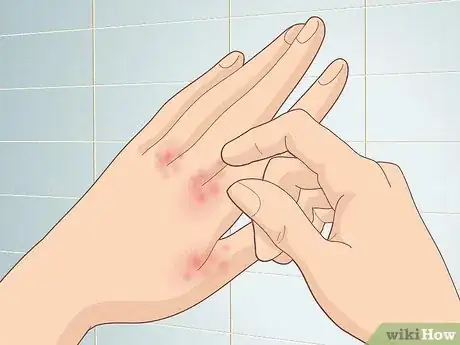

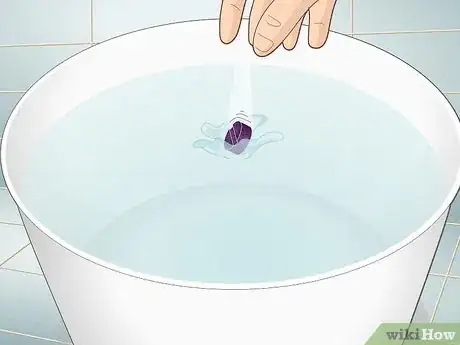
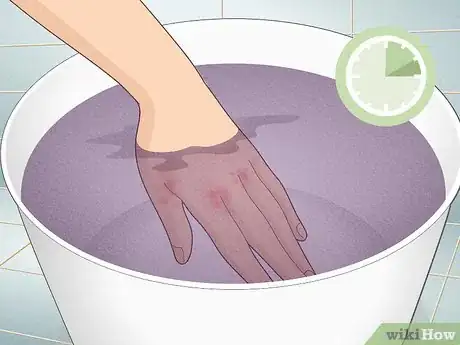
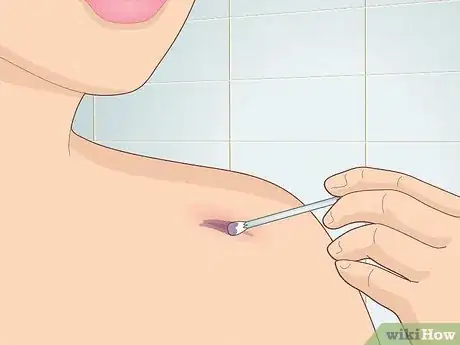
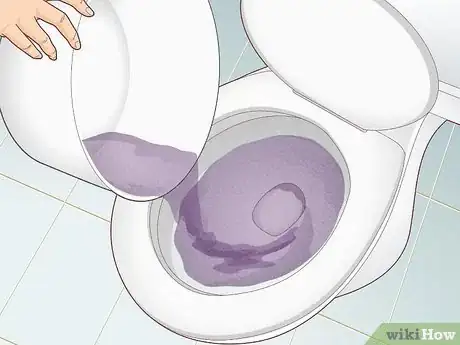
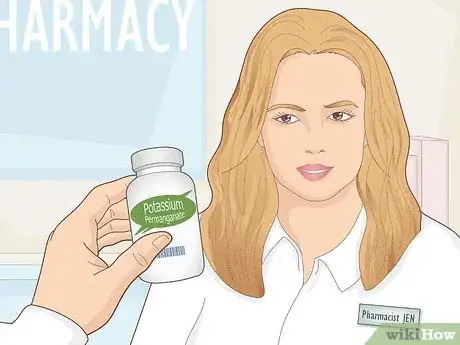
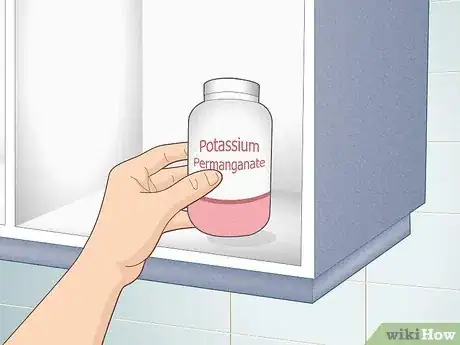
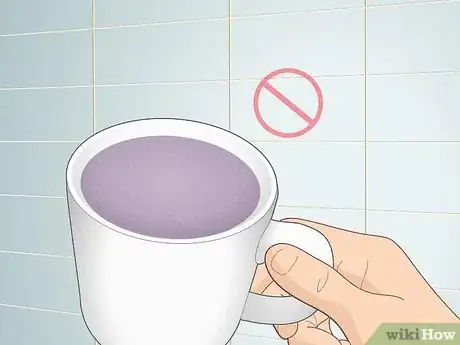
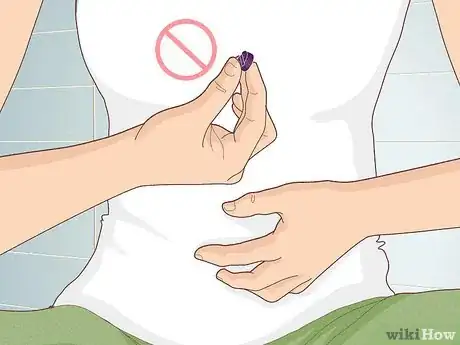
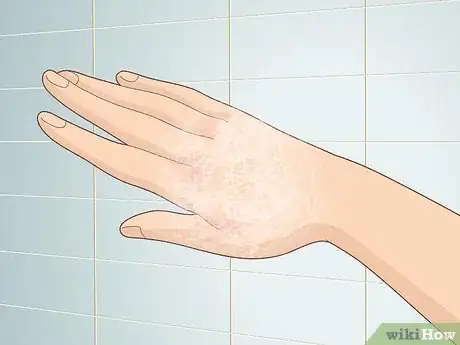
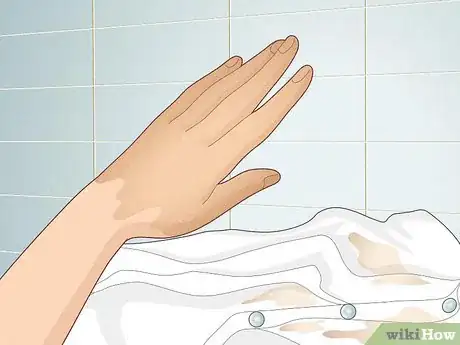
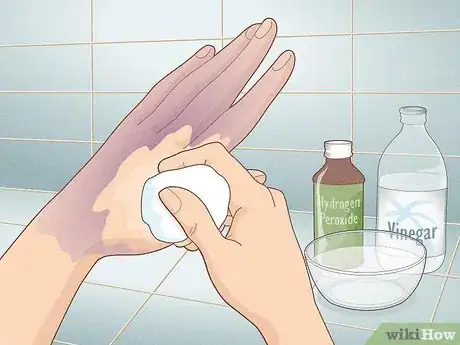
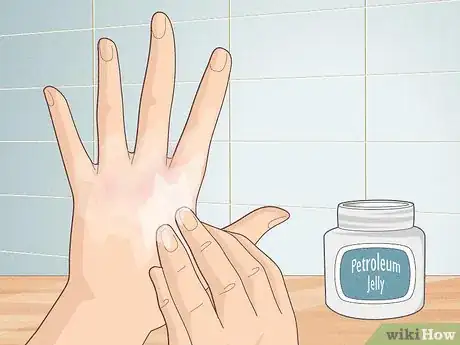
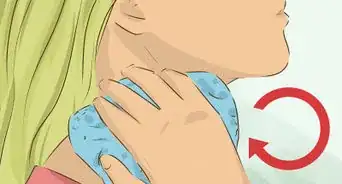



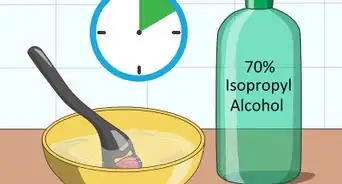
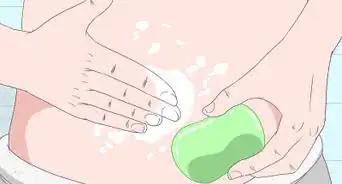
-Electric-Shock-Step-9.webp)




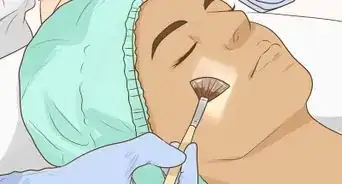
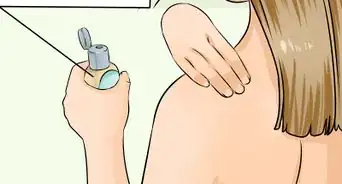
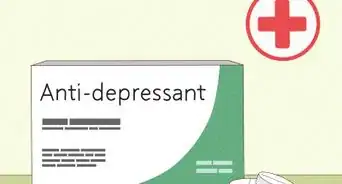








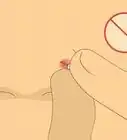




































Medical Disclaimer
The content of this article is not intended to be a substitute for professional medical advice, examination, diagnosis, or treatment. You should always contact your doctor or other qualified healthcare professional before starting, changing, or stopping any kind of health treatment.
Read More...